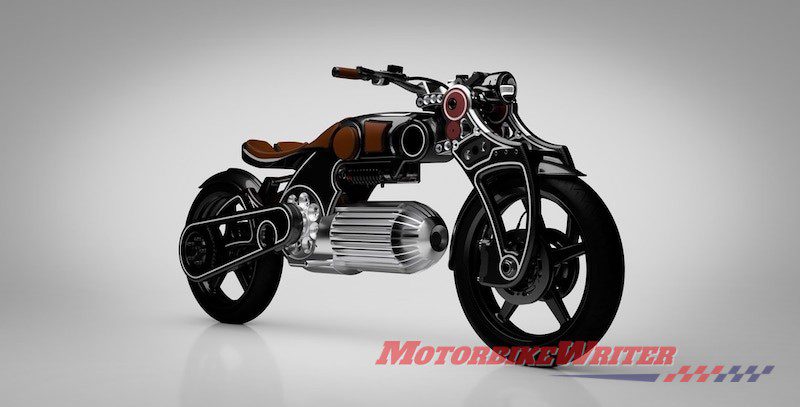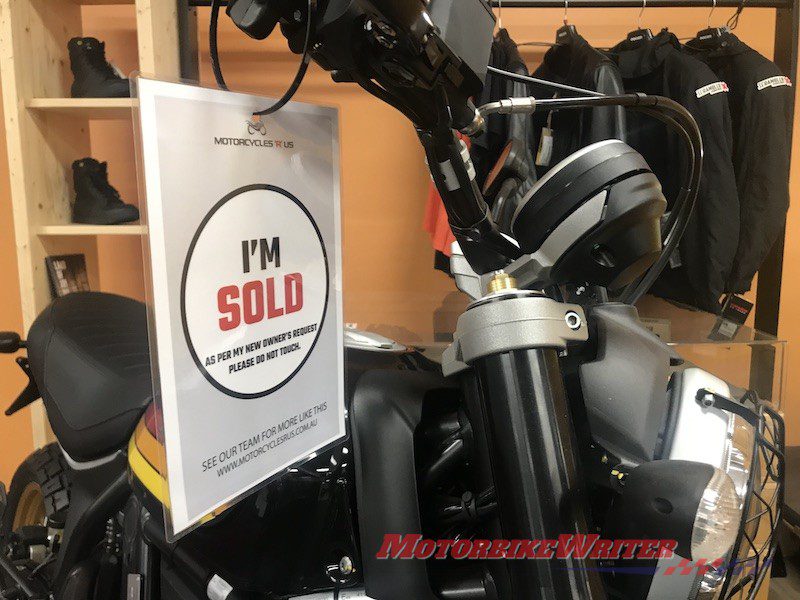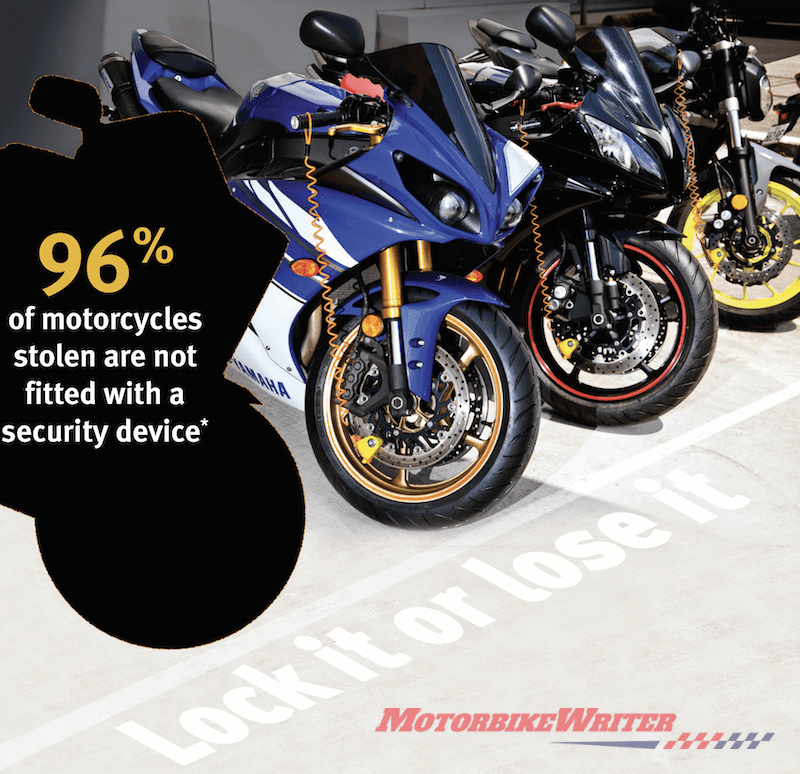As we move into the 2020s, we look back on a decade of ups and downs, new niches, new technologies, changing trends and uncertain futures.
Seven motorcycles trends of the 2010s
1 Sales slump
The decade started in a sales slump after the GFC, but began to recover before sliding again about three years ago.
However, statistics alone will not show the true course of motorcycle sales this past decade.
In developed countries, ageing riders are causing headaches for manufacturers as they are no longer riding or at least not buying big, expensive touring and cruising motorcycles.
Hardest hit by this trend is Harley-Davidson which had reached the top in road bike sales in Australia before sliding again.
So, like most motorcycle manufacturers, they are being forced to reinvent themselves to appeal to millennials who aren’t really interested in riding, or even owning their own vehicle.
Meanwhile, China and India have forged ahead with motorcycle and scooters sales as the wealthy middle class grows.
But in the past two years, that is also slowing down in tandem with their economies and as middle classes become rich enough to afford cars.
2 Hipsters
Love ‘em or hate ‘em, hipsters have had a big effect on the motorcycle market in the past decade.
These young urbanites have been restoring, chopping and dicing old bikes to turn them into cafe racers, street scramblers, bobbers and more. It’s given rise to the Distinguished Gentleman’s Ride and events such as Hooligan Racing, Wheels and Waves, and Throttle Roll.
Sad if you like to see these bikes left in their original condition, but exciting if you like creative modifications.
Manufacturers are scrambling to follow these trends with their own versions.
Hipsters may not like motorcycles for the same reasons we do and they may not ride them as far and as hard, but at least they are keeping the industry afloat.
However, over the next decade, this trend — like all trends — may wane, which could be a big problem for our pastime.
3 New niches
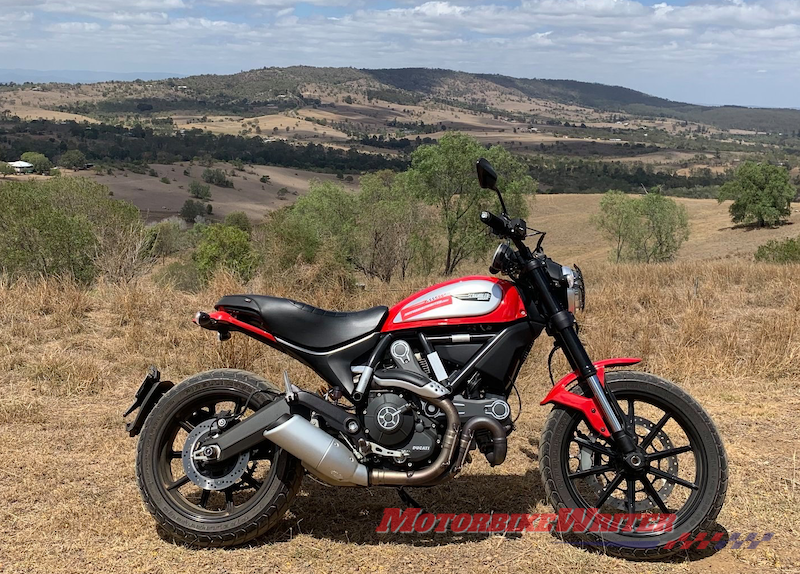
In an effort to reach new customers, such as young people, hipsters and women, manufacturers have produced new models in new niches.
One of the most popular of these new niches is the modern scrambler.
Ok, they are not truly scramblers like we knew as kids, but they are light, low, agile and are bringing the fun back to motorcycling.
Just about every manufacturer now has a scrambler in its range, but the biggest hit has been the Ducati Scrambler which quickly became their top seller.
4 Adventurers
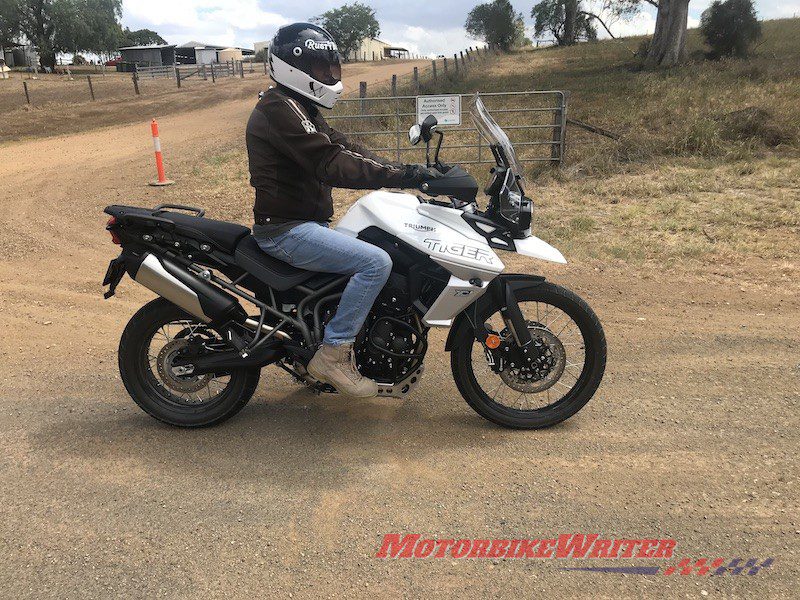
Another nice which is not new, but has exploded in the past decade is adventure riding.
One of the reasons riders are heading on to back roads, dirt tracks and forestry trails is as a result of the increasing use of speed cameras on our major roads.
Sports bike sales have declined as riders find they simply cannot use their bike’s full potential on the roads without losing their licences.
So they are heading bush and still getting their adrenalin fix.
And they’re not just buying big 1200cc behemoths; there is a growing trend toward more useable mid-sized bikes such as the new KTM 790 Adventure.
5 Power wars
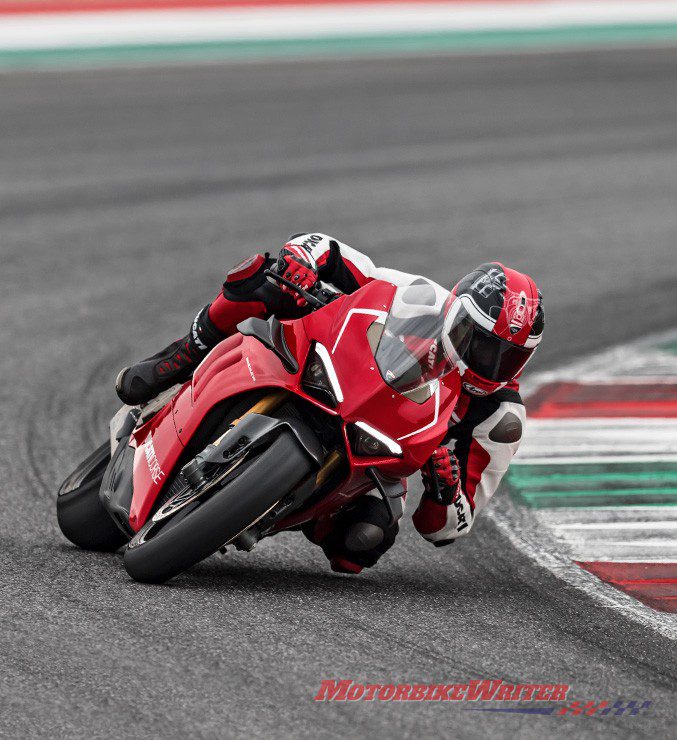
High-powered, low-weight sport bikes have suffered the biggest hit in the past decade.
They were simply too much to handle for some.
Now premium manufacturers are once again producing lightweight, powerful motorcycles topping 200hp.
However, they are now equipped with a host of hi-tech rider aids to keep the bikes rubber side down!
You may not like this move toward hi-tech safety aids, but they are at least ensuring there are exciting bikes to ride.
The only concern is that authorities are slowly moving toward making these aids mandatory.
6 Theft
Unfortunately, theft rates have spiralled.
Despite motorcycles becoming more hi-tech, they are still an easy target for thieves.
One of the world’s hotspots for thieves is London where bikes and scooters are stolen simply to commit other offences such as purse and phone snatchings from oblivious pedestrians and tourists.
In Australia, theft rates have escalated, rising almost 15% in the past five years.
The most startling statistic is that 96% of all motorcycles stolen are not fitted with a security device, so it is avoidable.
Bike manufacturers will also have to do more to make bikes secure or victims of motorcycle theft will simply give up and leave!
7 Electric
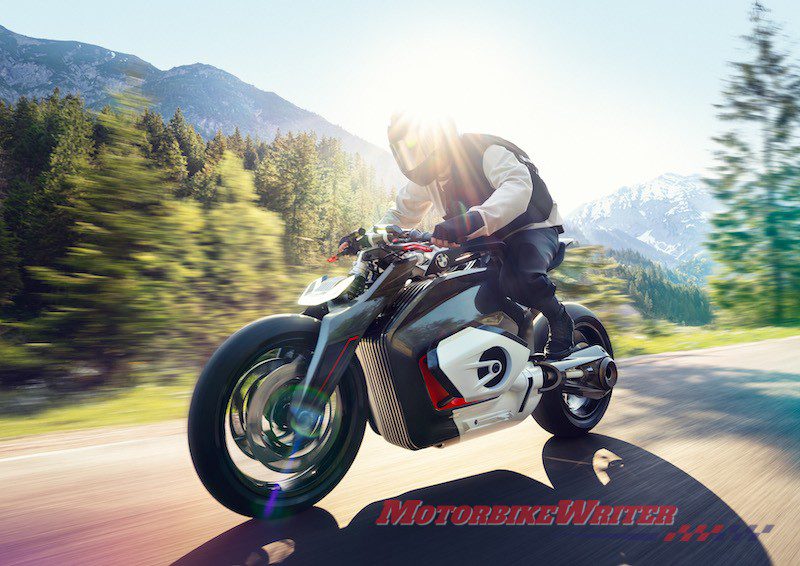


Almost every week a new start-up launches another electric motorcycle or scooter.
And almost every week some university or tech company announces advances in battery and electric motor technology.
Range is now no longer an issue with up to 400km of charge in the new Energica models. That’s more than most conventional motorcycles.
However, it still takes hours to fully charge from the mains or up to an hour to charge to 80% from a DC fast charger … that’s if you can find one!
And electric motorcycles can be up to double the price of a comparative traditional motorcycle.
But in the next decade we will see prices come down, faster charging batteries and more charging infrastructure support.
There may also be government intervention to entice people on to electric bikes or to ban fossil-fuel bikes.
Sweden is already planning to ban fossil-fuel vehicles by 2030.
The next decade may not another “roaring twenties” so much as a “whirring twenties” on near-silent electric bikes.


